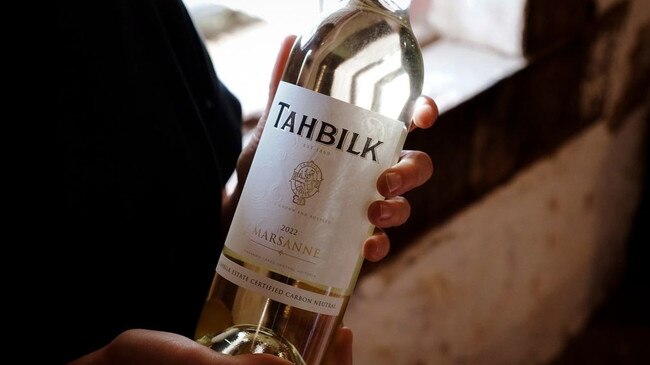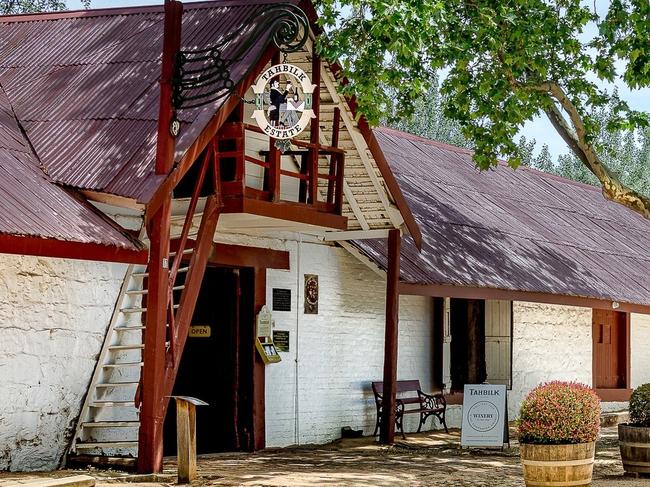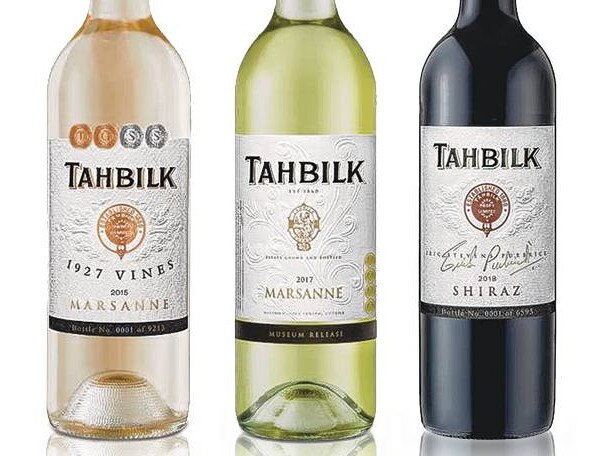Winemaking and sustainably Tahbilk’s driving forces
Carbon neutrality, a variety of grossly underrated wines and revered reputation in Australian wine shows respect for Tahbilk is well founded.

There is a calm about Tahbilk. Bird calls break the silence, voices from afar are muffled, the occasional car proceeds slowly.
Tahbilk was established in 1860 as Victoria was convulsed by the Gold Rush, money flowing as quickly as alcohol of all kinds, wine part of it all. Two families have sustained Tahbilk since then: the Bear family from 1860 to 1965, and five generations of the Purbricks, Eric the second, Alister the fourth, and his daughter, Hayley, the fifth generation. Alister has been the driving force on two fronts: winemaking and enterprise sustainability. It was his profound belief that, on arriving at Tahbilk with a degree in oenology in 1979, he should make the red wines with the same ethos as his grandfather Eric, whom he revered. Given Tahbilk’s record of 95 trophies and 394 gold medals in Australian wine shows since 1962, that respect was well founded.

The red wines are primarily based on shiraz and cabernet sauvignon, led by the precious production of 1860 Vines Shiraz, followed by the “twins” of Eric Stevens Purbrick Shiraz and Cabernet Sauvignon. Recently a group of us tasted 19 shirazes and 24 cabernet sauvignons, culminating in the yet-to-be-released 2018s. I have a soft spot for the two marsannes made each year, a vastly underrated variety that Tahbilk virtually owns.
The second front has been Alister’s drive to carbon neutrality, commencing in 1995 with the initiation of native regeneration of farm and remnant land. In 2022, Tahbilk became net carbon emissions neutral by offsetting emissions on the property through revegetation and other initiatives, rather than buying carbon credits; and in 2022 achieved the greatest percentage of emissions decrease of all audited companies. These achievements are brought into focus by the total estate area of 1235ha, 227ha of which is viticulture, 729ha is farming, 119ha regeneration or revegetation, and 140ha wetland conservation.

2017 Tahbilk Museum Release Marsanne
Light straw-green, a flowery honeysuckle perfume translates into a delicious mouthfeel, mineral acidity subdued by a generous serving of lime, Granny Smith apple and guava fruits. Once it has reached the plateau of its overall flavour, it will coast for another 3-5 years. 12% alc, screwcap.
95 points, drink to 2027, $36
2015 Tahbilk 1927 Vines Marsanne
The power and drive this has is remarkable, for it is also an exercise in purity and delicacy, fruity and savoury, honeysuckle and spice. Marsanne has reached a sweet spot in this wine, the length of its future anyone’s guess. Trophy Best White Wine of Perth Wine Show ‘22. A grossly underrated variety. 11% alc, screwcap.
97 points, drink to 2030, $46
2018 Tahbilk Eric Stevens Purbrick Shiraz
Makes light of a very warm vintage. The ever-complex oak handling is 65% new hogsheads, 35% 5yo hogsheads; 75% American, 25% French. The hue is bright, as are the blackberry/plum fruits, the tannins firm but balanced. To be released mid to late-2024. 14.5% alc, screwcap.
96 points, drink to 2045, $74
